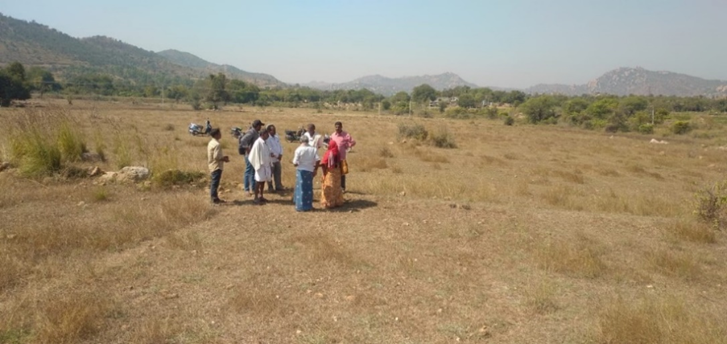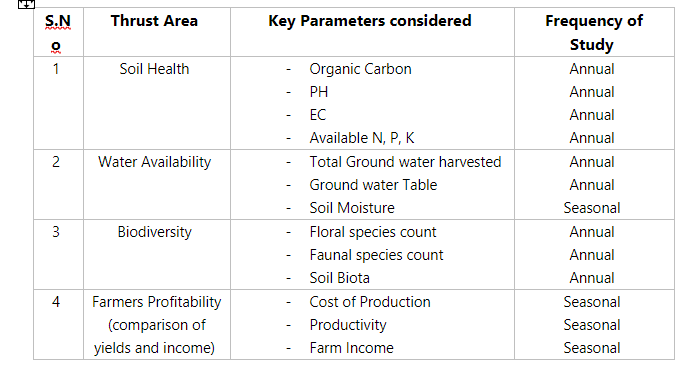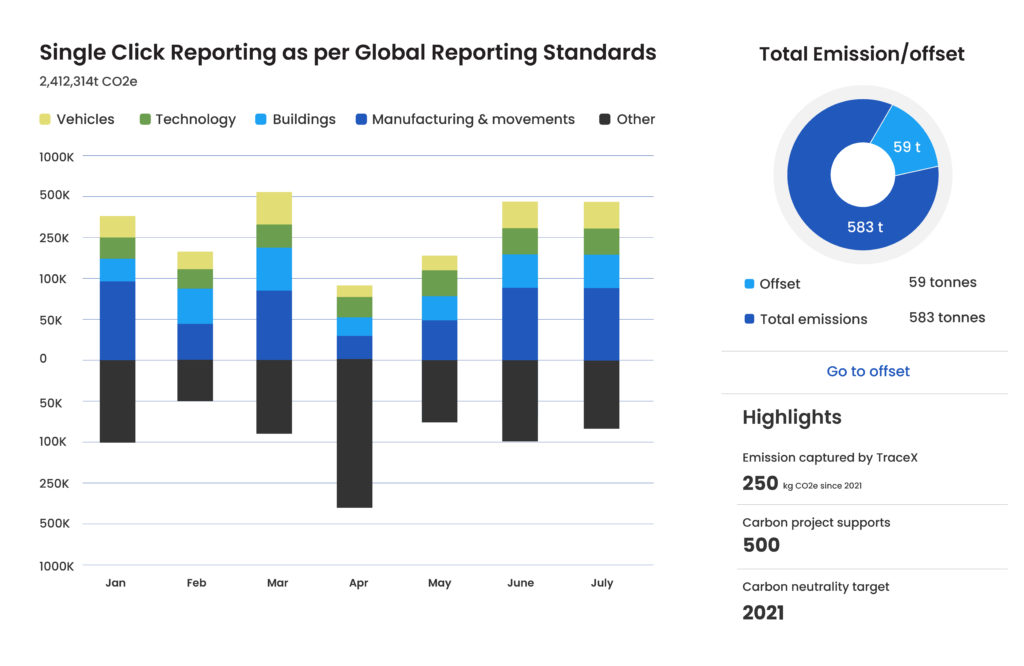Contact: +91 99725 24322 |
Menu
Menu
In a quest to champion sustainability within the agricultural sector, a leading agribusiness leveraged TraceX’s sustainability platform to revolutionize land restoration practices by implementing regenerative agriculture techniques.

A global food brand looking to source ingredients from regenerative agriculture practices partners with an international non profit to create a sustainable model with the help of a local on ground implementation partner for Restoration of barren land into cultivable land through improvement in soil health and water footprint.
Agribusiness, Foundation
Andhra Pradesh, India
Land Restoration through Regenerative Agriculture
The conversion of land used for conventional farming alone threatens 86% of species at the risk of extinction and accounting for 24% of global greenhouse gas emissions.
Organizations have a unique opportunity to lead the transformation to regenerative agriculture by supporting farmers who adopt these practices. Organization need to work to make agriculture more sustainable by partnering with farmers and forest communities around the world to use methods that protect the land as well as their livelihoods.
Sustainability needs to be a Journey and Regeneration as the Goal.
TraceX’s blockchain powered Sustainability Platform provides the farm level digitization to capture the various practices and the KPIs to realize the sustainability objectives. This encompasses Baselining of 4 major scopes viz. Soil Health, Water Footprint, Biodiversity and Farmer’s profitability.
This project aims to implement regenerative agriculture practices on 30 acres of land in Odulupalli village, Andhra Pradesh, India. To assess the project’s impact, a crucial first step is establishing a baseline for four key parameters:

Establishing baselines for these parameters provides a crucial starting point. By comparing data collected throughout the project with these baselines, the project can quantitatively measure the impact of regenerative agriculture on soil health, biodiversity, water management, and ultimately, farmer profitability. This data will be valuable for demonstrating the success of the project and encouraging its potential future scale-up.
Transparency, Trust and Success for your Climate Journey.




We use cookies on our website to give you the most relevant experience by remembering your preferences and repeat visits. By clicking “Accept All”, you consent to the use of ALL the cookies. However, you may visit "Cookie Settings" to provide a controlled consent.
| Cookie | Duration | Description |
|---|---|---|
| cookielawinfo-checkbox-analytics | 11 months | This cookie is set by GDPR Cookie Consent plugin. The cookie is used to store the user consent for the cookies in the category "Analytics". |
| cookielawinfo-checkbox-functional | 11 months | The cookie is set by GDPR cookie consent to record the user consent for the cookies in the category "Functional". |
| cookielawinfo-checkbox-necessary | 11 months | This cookie is set by GDPR Cookie Consent plugin. The cookies is used to store the user consent for the cookies in the category "Necessary". |
| cookielawinfo-checkbox-others | 11 months | This cookie is set by GDPR Cookie Consent plugin. The cookie is used to store the user consent for the cookies in the category "Other. |
| cookielawinfo-checkbox-performance | 11 months | This cookie is set by GDPR Cookie Consent plugin. The cookie is used to store the user consent for the cookies in the category "Performance". |
| viewed_cookie_policy | 11 months | The cookie is set by the GDPR Cookie Consent plugin and is used to store whether or not user has consented to the use of cookies. It does not store any personal data. |
WhatsApp us
Your Blueprint for Traceable & Sustainable Supply Chain

The countdown has started. Less than 100 days remain to be compliant. Don’t miss out on your chance to grab access to our early bird offer!
Your essential compliance guide